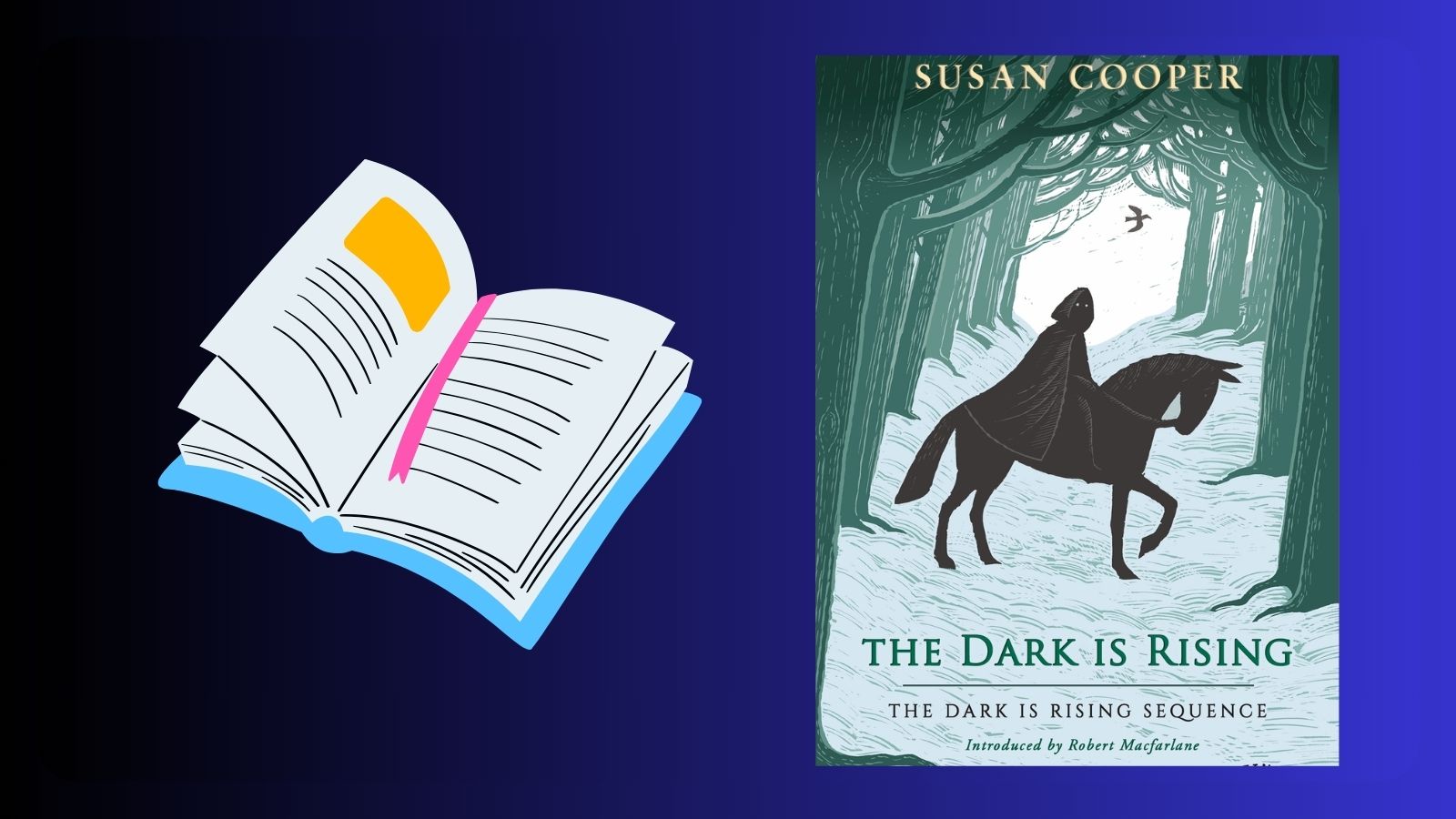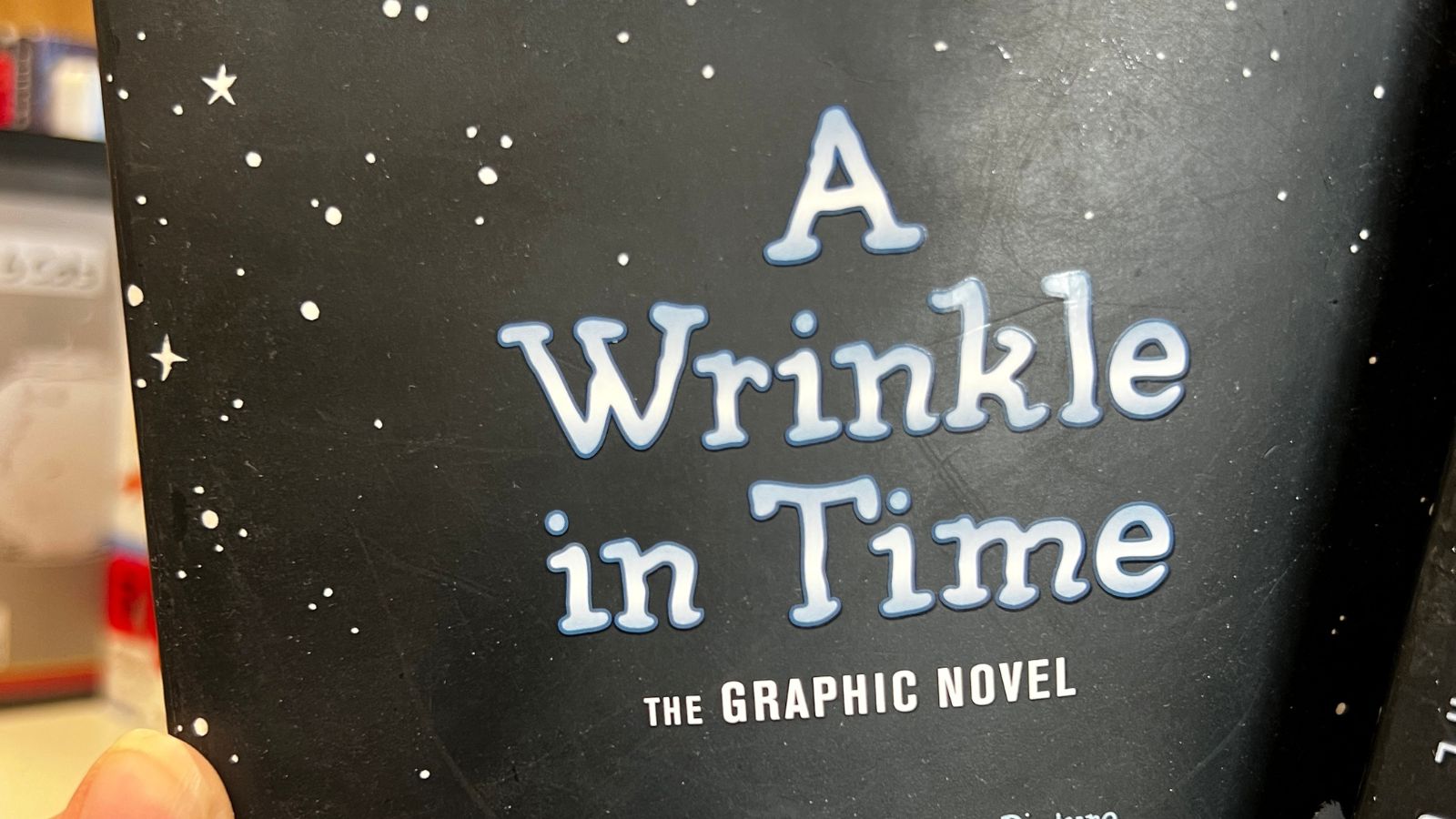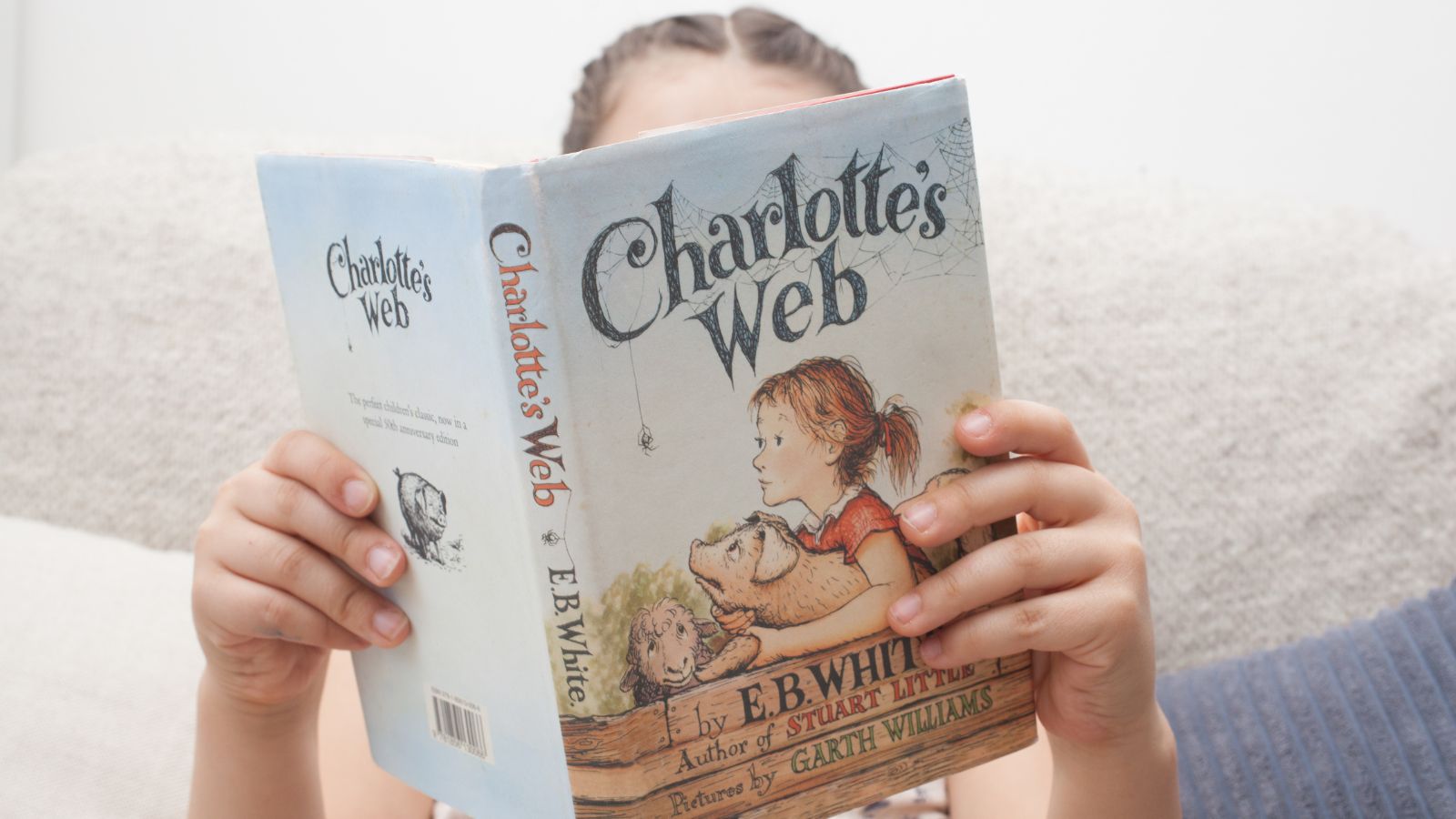The 1980s was a golden decade for children’s literature, giving us stories that entertained us and made us think deeply about the world around us. From whimsical adventures to stories filled with real-life struggles, these books didn’t just keep young readers engaged—they often challenged the status quo, sparking important conversations. However, some of these beloved books were considered too controversial for school libraries. They were banned or challenged in schools nationwide, creating a divide between those who saw them as essential for children’s growth and those who felt inappropriate.
This article looks at 20 iconic children’s books from the ’80s that were banned or challenged, why they faced such scrutiny, and what makes them still worth reading today.
“Where’s Waldo?” by Martin Hanford

At first glance, Where’s Waldo? It seems like a harmless game of hide-and-seek, where kids find a quirky character in detailed illustrations. Yet, in the 1980s, this innocent-seeming book was challenged in some schools. Why? Some thought the book’s subtle inclusion of suggestive images and possibly adult content made it unsuitable for children. It’s fascinating how something so simple could raise so many questions. Still, Where’s Waldo? It remains a beloved classic for young readers and adults alike.
“The Giving Tree” by Shel Silverstein

Shel Silverstein’s The Giving Tree is an emotionally charged story of selfless love and sacrifice. Yet, some critics felt that the relationship between the boy and the tree was a bit too one-sided. The tree gives endlessly, with little regard for its well-being. For some, this depicted an unhealthy codependency that they thought might confuse young readers about the nature of relationships. Others see it as a beautiful exploration of unconditional love and sacrifice, making it a timeless piece for deep reflection.
“The Witches” by Roald Dahl

Roald Dahl’s The Witches (1983) is a spine-chilling story about a boy who encounters witches who secretly want to eliminate all children. With its eerie illustrations and dark themes, the book understandably sparked controversy. Some people thought the witches’ portrayal as evil, powerful beings could perpetuate negative stereotypes, especially toward women. Despite the controversies, The Witches remains a favorite for its gripping narrative and memorable villainous characters.
“Scary Stories to Tell in the Dark” by Alvin Schwartz

There’s a reason Scary Stories to Tell in the Dark(1981) left such a lasting impression on readers—it was really scary! Filled with eerie tales and grotesque illustrations by Stephen Gammell, the book terrified children and adults alike. Some thought it was too dark and violent for young readers, prompting schools to pull it from shelves. But the spine-chilling stories have kept it alive in the imaginations of countless readers, and it continues to be passed down as a rite of passage for young horror fans.
“The Dark Is Rising” by Susan Cooper

Susan Cooper’s The Dark Is Rising (1973) introduces readers to a world of magic, ancient powers, and a battle between good and evil. However, its use of magic and references to paganism led some critics in the 1980s to challenge it. Parents and religious groups worried that the story could encourage children to explore the occult. Yet, for many readers, it’s a powerful story about courage and self-discovery, showcasing why fantasy can offer valuable life lessons.
“Blubber” by Judy Blume

Judy Blume’s Blubber (1974) takes on bullying, body image, and the harsh realities of growing up, but these topics make it controversial. The book shows how cruel children can be to one another, especially regarding physical appearance. Some parents worried it might be too graphic for young readers, while others felt it was an important conversation starter. Blume’s frank, honest writing about difficult subjects remains a key part of her legacy, helping young readers understand and navigate their challenges.
“I Am the Cheese” by Robert Cormier

I Am the Cheese (1977) by Robert Cormier is a psychological thriller that explores trauma, conspiracy, and mental breakdowns. It’s a complex, deep narrative that some found disturbing and beyond the scope of what children should be reading. The story delves into heavy themes such as government secrecy and personal identity, making it a tough read for younger audiences. However, its emotional weight and powerful storytelling make it an unforgettable, though often challenging, piece of literature.
“Bridge to Terabithia” by Katherine Paterson

Katherine Paterson’s Bridge to Terabithia (1977) is a heartbreaking tale about the power of friendship and the devastating effects of loss. It’s a tough read for many children when one of the main characters dies unexpectedly. Some parents felt the book was too emotionally intense for young readers, and others argued it was a necessary story about grief, growth, and the beauty of imagination. It’s a timeless classic that teaches children about the fragility of life and the strength that can be found in friendship.
“The Adventures of Huckleberry Finn” by Mark Twain

Although published in the late 19th century, The Adventures of Huckleberry Finn (1885) continued to be challenged during the 1980s for its use of racial slurs and depiction of slavery. While others defended it as a critical commentary on the social issues of its time, some saw it as a book that perpetuated racist stereotypes. Regardless of the debate, Twain’s masterpiece is a cornerstone of American literature, offering an honest, if uncomfortable, look at America’s history with race.
“Alice’s Adventures in Wonderland” by Lewis Carroll

Lewis Carroll’s Alice’s Adventures in Wonderland(1865) faced criticism in the 1980s for its perceived references to drug use. The nonsensical adventures that Alice experiences in Wonderland are often seen through a modern lens as hallucinatory, leading some parents and educators to question whether it encouraged children to experiment with drugs. It’s a whimsical story full of riddles, absurdity, and fantastic characters. But its playful absurdity sparked concerns in a different cultural context.
“Are You There, God? It’s Me, Margaret” by Judy Blume

Judy Blume’s Are You There God? It’s Me, Margaret(1970) is an unflinching portrayal of a young girl’s journey through puberty, questioning religion, and navigating personal insecurities. Its honest discussion of menstruation, growing up, and faith caused controversy in the 1980s, with some parents feeling that it exposed children to topics that were too adult. However, Blume’s candid approach helped generations of readers feel understood and less alone as they faced similar challenges.
“The Lord of the Rings” by J.R.R. Tolkien

J.R.R. Tolkien’s The Lord of the Rings (1954) is one of the most famous fantasy trilogies ever. However, it faced challenges in the 1980s for its references to witchcraft, wizards, and sorcery. Religious groups worried that it might encourage children to dabble in the occult despite the books being widely regarded as tales of good versus evil. The series continues to be loved by millions for its rich world-building, epic journey, and timeless themes of friendship and sacrifice.
“The Handmaid’s Tale” by Margaret Atwood

Although not specifically written for children, The Handmaid’s Tale (1985) is a novel about a dystopian society that has been challenged in schools for its mature themes, particularly its depiction of sexual violence and gender oppression. The book was considered too politically charged and emotionally intense for younger readers. However, it has become an important work in feminist literature, offering crucial insights into power, autonomy, and human rights.
“Animal Farm” by George Orwell

George Orwell’s Animal Farm (1945) is a satirical novella about a group of farm animals that overthrow their human owner, only to end up in a regime as oppressive as the one they rebelled against. In the 1980s, the book was banned in some schools for its portrayal of political themes and criticism of totalitarian regimes. Although some felt it was too complex for young readers, Orwell’s allegory on power, corruption, and revolution resonates across generations.
“The Catcher in the Rye” by J.D. Salinger

J.D. Salinger’s The Catcher in the Rye (1951) was often banned in the 1980s for its language, sexual content, and themes of teenage rebellion. The book’s portrayal of Holden Caulfield’s alienation and disillusionment with society made some adults uncomfortable, fearing it would negatively influence young people. Despite the challenges, it remains an iconic coming-of-age novel that voices adolescent angst and the struggle for identity.
“The Giver” by Lois Lowry

Lois Lowry’s The Giver (1993), though written outside the 1980s, quickly became a popular choice for young readers. It was banned in some schools for its portrayal of euthanasia and its bleak depiction of a controlled, dystopian society. While some parents were uncomfortable with its themes, others praised it for prompting important discussions about freedom, choice, and individuality.
“The Babysitter’s Club” series by Ann M. Martin

The Babysitter’s Club series (1986) became a staple of young readers in the 1980s but was occasionally challenged for dealing with issues like divorce, death, and relationships. Critics felt the topics were too mature for younger readers. Yet the series’ realistic portrayal of these challenges helped many children navigate their experiences.
“A Wrinkle in Time” by Madeleine L’Engle

Madeleine L’Engle’s A Wrinkle in Time (1962) was banned in the 1980s for its blend of science fiction with religious and spiritual themes. Some felt the book’s portrayal of good versus evil was too controversial. But it remains a beloved tale about bravery, love, and the importance of standing up against evil.
“Little House on the Prairie” by Laura Ingalls Wilder

Although Little House on the Prairie (1935) is a classic of American children’s literature, it faced criticism for its Native Americans’ portrayal. Many felt the depiction of Indigenous people was offensive, leading to its occasional ban in schools during the 1980s. Despite this, Wilder’s stories about frontier life continue to captivate readers with their portrayal of resilience and the challenges of early American life.
“Charlotte’s Web” by E.B. White

E.B. White’s “Charlotte’s Web” (1952) is a poignant story about friendship and the cycle of life. However, it has faced challenges in some schools due to its depiction of death and the inevitable loss of characters. While some believe it is too sad for children, many readers find it to be a beautiful exploration of life, death, and the enduring power of friendship.
Conclusion

These books may have faced criticism and censorship, but they continue to be powerful stories for children and adults alike. They teach us that literature is not just about providing comfort but about challenging us to think, question, and grow. As we look back at these iconic ’80s books, it’s clear that their messages—whether about love, loss, or the battle between good and evil—remain relevant and important. Despite the bans, these books are a testament to the power of storytelling to help us understand the world and ourselves.
25 Countries Predicted to Become Economic Superpowers in the Next 20 Years

The strength of an economy plays a crucial role in various international policies about trade and relations. Certain factors determine the strength of an economy, including population growth, availability of resources, and development and advancement. Here are 25 countries predicted to become economic superpowers in the next 20 years
25 Countries Predicted to Become Economic Superpowers in the Next 20 Years
